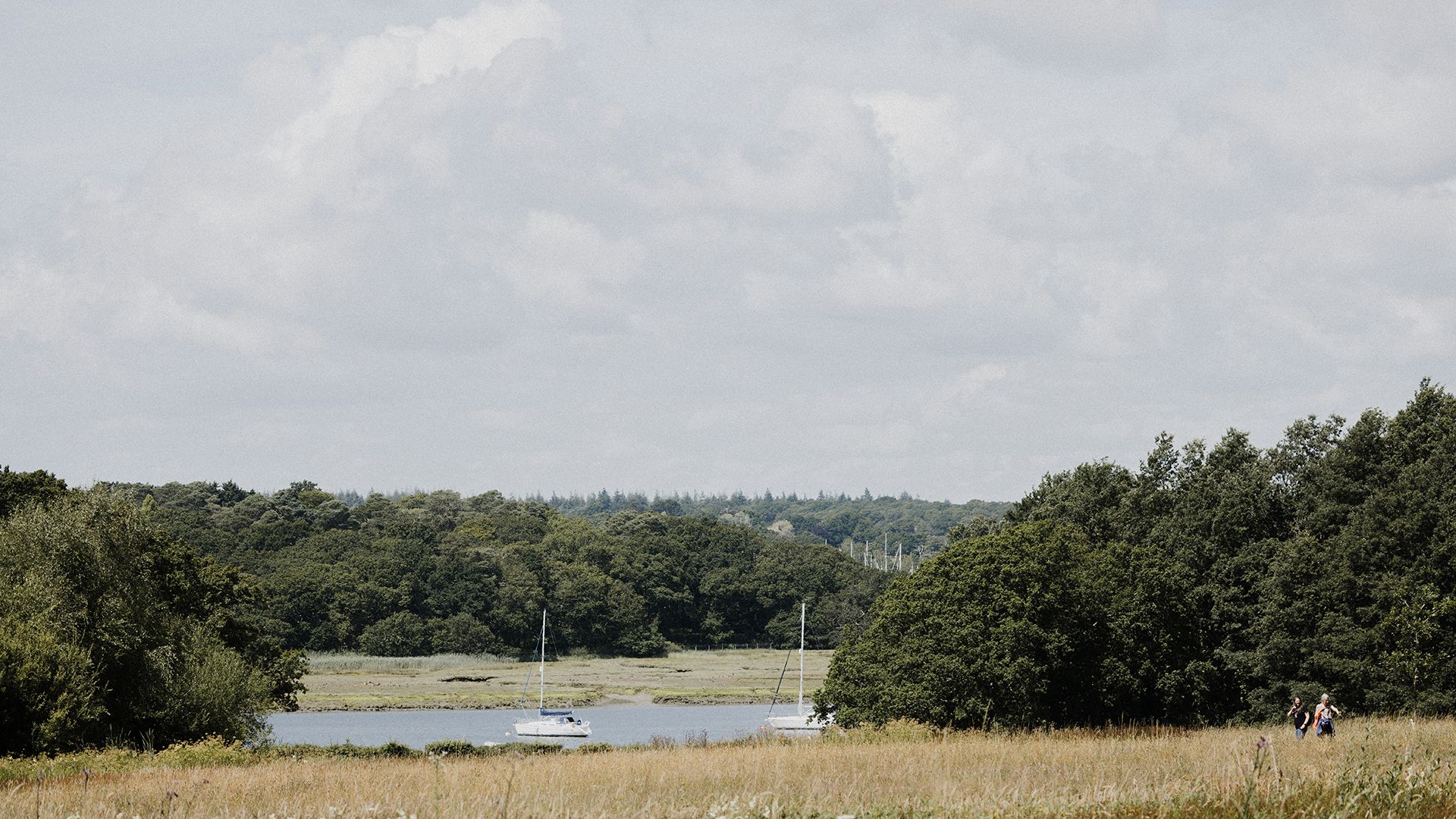Biodiversity net gain – a positive force for nature recovery?
By Rob Hindle | 05.08.24
In a recent article for the 8.9ha news channel, Executive Director Rob Hindle discusses whether the new biodiversity net gain (BNG) rules are a positive force for nature recovery.

As planners, ecologists, developers, and communities start to get their heads around the implementation of BNG within the planning system, Rob Hindle, Executive Director at Rural Solutions, was invited to write an article for the 8.9ha news channel about his thoughts on whether the new rules will be welcomed with confidence as a positive force for nature recovery.
We explore key questions raised, and look at the main concerns, planning policy, and what local authorities need to be doing to ensure targets are met.

Are the new BNG rules a positive force for nature recovery?
Several people working in conservation are not convinced that the new rules will help nature recovery. Their concerns, which I outline below, are valid. However, it is important to look at these concerns in the context of existing planning policy and how the new BNG regulations will complement and extend the measures to protect nature from development already in place.
What are the main concerns around the new BNG rules and why?
The principle of ‘compensatory gain’
The key concerns or questions asked are:
- Shouldn’t developers have to choose sites and design schemes that avoid or, at in the worst case, minimise biodiversity loss rather than to compensate for the loss?
- Will the option to ‘offset’ harm put the interests of the scheme and developer before wildlife or the local communities who enjoy the benefit of that wildlife?
However, the planning system already places a sequential requirement on developers to first avoid harm and then to minimise and mitigate nature loss before it is acceptable to compensate. This principle remains enshrined in the regulations and published guidance.
The ‘irreplaceable’ nature of certain habitats
The key concerns or questions asked are:
- Should development be allowed in a location where a habitat could never be replaced?
- Should development be allowed in a location where exceptional efforts at replacement are unlikely to succeed?
Planning policy and national guidance already apply a significant level of protection to irreplaceable habitats. New arrangements relating to BNG do not erode these protections.
Protection of biodiversity is already firmly planted in the planning policy regulations. A methodology of calculating loss and compensatory gain is in place and published in the guidance documentation.
The regulations identify ancient trees and woodland, salt marshes, blanket bog, lowland fens, limestone pavements, and coastal sand dunes as irreplaceable habitats. They state that these habitats are not subject to a 10% gain and require developers to find other ways to mitigate any impacts.

How local planning authorities respond is a concern
Of greater practical concern is the way that local planning authorities respond to their obligations arising from the introduction of BNG within the planning system. The obligations are extensive, onerous and, in certain cases, new and additional.
The question of whether local planning authorities will respond in a way that brings a strategic approach to delivering nature recovery, alongside Local Nature Recovery Strategies, remains.
Local planning authorities need to act now to ensure best practice is delivered
Local planning authorities must update their planning policy guidelines to meet new national requirements. This needs to be via Supplementary Planning Guidance as an interim pending the next formal review of their Local Development Plan.
BNG rules must be incorporated into their development management processes, and for it to a part of every planning application.
Local planning authorities have several obligations to follow to ensure nature recovery and biodiversity gain, these include:
- Produce guidance for applicants.
- Address BNG in pre-application discussions.
- Receive, consider, accept, and authorise detailed technical information.
- Draft, negotiate, agree, and implement specific legal agreements.
- Set up 30-year monitoring programmes.
- Receive, review and check monitoring reports.
- Enforce against underperformance or breach where necessary.
These obligations are significant. Local planning authorities will need to replicate them over thousands of planning applications every year. They will need to be delivered with modest increase in funding or resources. Simply processing these requirements will be a challenge for hard-pressed planning authorities.
Meeting the demands of a complex scheme
The ability of local planning authorities to meet the new obligations, was highlighted by the National Audit Office in a report published on the 17 May 2024 in which they stated:
“DEFRA has launched a novel and complex biodiversity scheme without having all elements in place to ensure its long-term success.”
This echoes what the Royal Town Planning Institute (RTPI) has repeatedly said; that planning services have not been given sufficient guidance, advice, and support, and lack the staff and skills to avoid delays to an already stretched planning system.
Watch this space
The government has announced a review of England's wildlife sites. It will be fascinating to see how BNG evolves over the remainder of this year and into the next as planning applications received after the implementation dates of February and April begin to roll through the development management system.
At Rural Solutions we are working on BNG as a matter of course with our planning clients, engaging with many landowners and managers interested or already engaged in habitat banking, and do what we can to help all actors in the process, including local planning authorities, get ‘BNG’ ready. We will look to share learning from our various experiences in time.

More on Rob and 8.9ha:
Rob Hindle, Executive Director at Rural Solutions
Rob is a rural consultant and advisor on estate scale strategy, land use and regenerative land management. After qualifying as a Chartered Surveyor, he spent his early career working with farmers and landowners in the southwest and midlands, before setting up his own practice specialising in rural development. His practice merged with Rural Solutions in 2012. Rob successfully produced the first Whole Estate Plan, as a ‘material consideration in planning terms,’ following the formal endorsement of the Wiston Whole Estate Plan by the South Downs National Park Authority. He has also completed the production of a Whole Estate Plan for Chatsworth Estate.
8.9ha
Led by Chief Editor, ffinlo Costain, who is also the founder of Food & Global Security Network, and host of the Farm Gate Podcast, 8.9ha is a multi-media news channel supporting knowledge transfer for people working in land-based sectors and linked supply chains. They are the only news channel designed and curated specifically to assist practical, investable, and inclusive change across land-based industries, land policy and land investments. And, if you are wondering where the name comes from, ‘8.9ha is the average size of a farm, globally’.
Thank you for reading. Subscribe to our quarterly newsletter and follow us on social media for more rural content.
Categories:
NewsWe are using cookies to give you the best experience on our website. You can find out more about which cookies we are using on our cookie policy.


